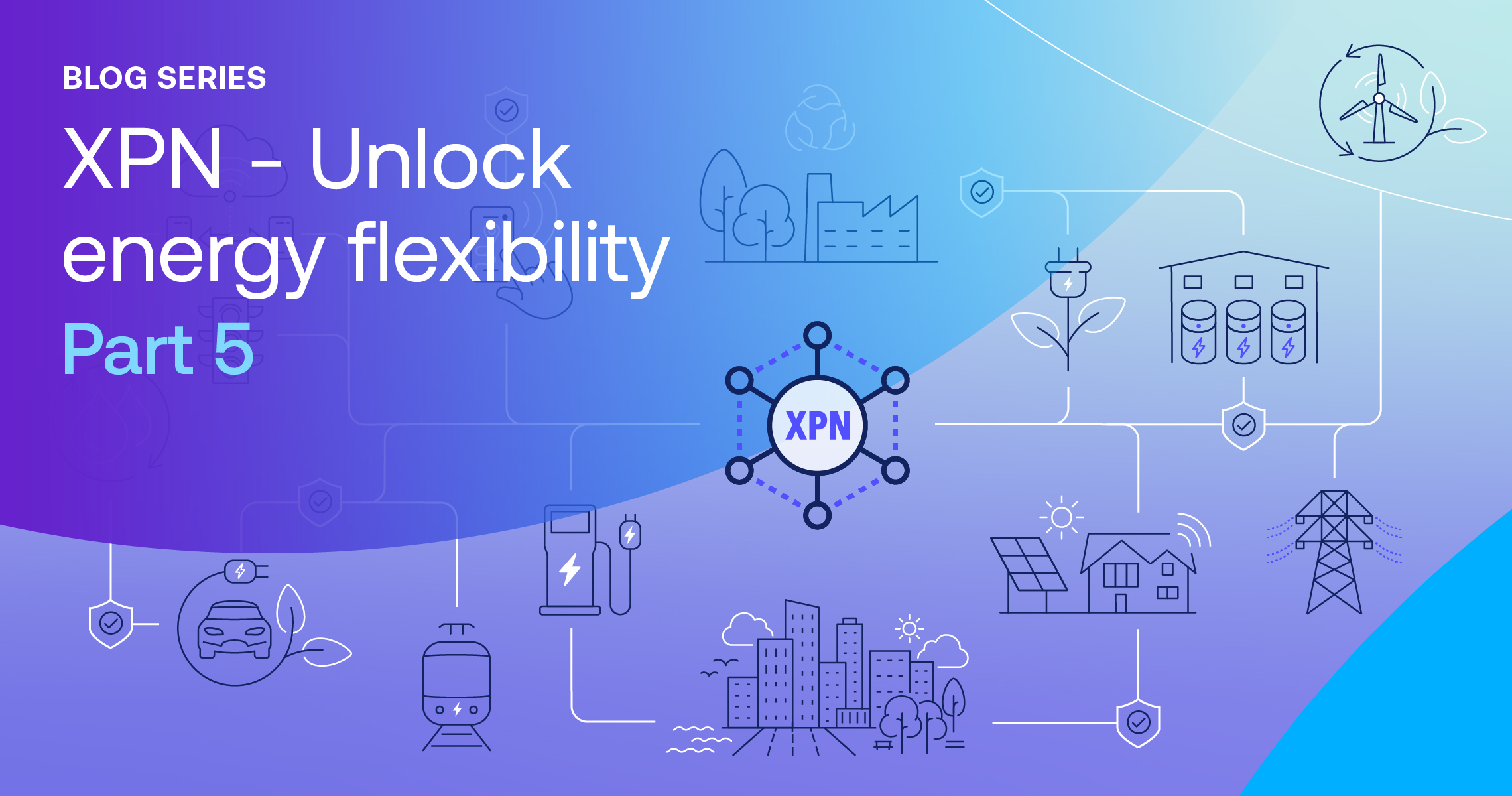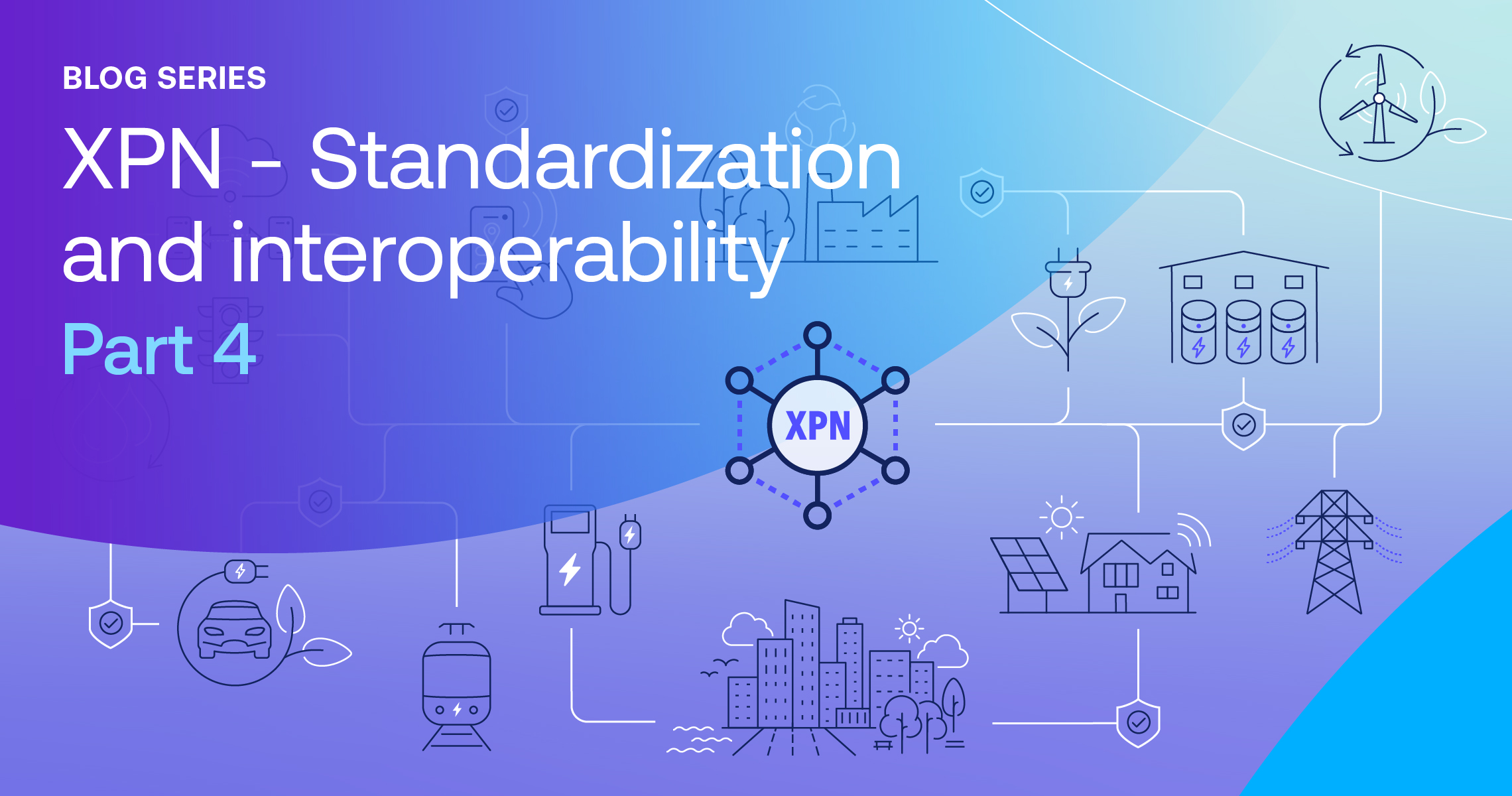- Effective use of an organization’s data can be costly due to its diversified nature. One solution is data interoperability.
- What is data interoperability? Simply put, data interoperability allows data to be unified and used together, despite being in diverse formats and from different locations.
- Achieving data interoperability allows an organization to maximize value from its data and overcome the significant challenges posed by distributed data assets.
- Creating a virtualized interoperable layer can create a common denominator for data usage.
While big data has been celebrated as a gamechanger for operational efficiency and business intelligence, large-scale data collection, storage, and analysis can be fraught with issues. Most organizations have diverse data assets, distributed across multiple data layers, on-premises data warehouses, or within multiple cloud services.
Gaining analytical or actionable data insights can be hampered by the fragmented nature of data storage. This can have a number of negative outcomes, such as:
- Time spent cleaning and curating data slows all other data querying processes
- Poor data portability prevents data from easily being exported or redeployed
- Requiring batch run Extract – Transform – Load (ETL) processes to consolidate data in one location
- Security and regulatory risks of moving, copying, and transporting data
- Risks from third-party data vendors, such as limited access control or permanently losing data access in a bankruptcy or sale situation
Unfortunately, standardized data is lacking and the data assets of many companies are often found across a number of on-premises, private cloud, or open cloud locations. Not only is data consolidation a very time-consuming process that requires considerable expertise, it can also be a financial impossibility due to huge capital or ongoing costs.
These prevalent issues are giving rise to a more flexible approach to data access, distribution and analysis: data interoperability.
What is data interoperability?
So, what is data interoperability? It is defined as “the ability of systems and services that create, exchange and consume data to have clear, shared expectations for the contents, context, and meaning of that data.” Data interoperability allows data held in different formats and locations to be used together.
When an organization can use its data in all analytical situations and across all departments it maximizes the data’s business value. It also lets them overcome a number of information challenges, including more defined data access and governance of their various data formats and sources.
The advantages of data interoperability
The world class data interoperability offered by the Intertrust Platform utilizes a virtualized interoperable layer which sits on top of the data source. This allows for the querying, processing, and data exchange without the shackles of a traditional cloud data framework. Data is analyzed wherever it is, rather than having to move it to a data lake or data warehouse.
Organizations might not have the ability to create a full on-premises data warehouse or the budget for a full-scale private cloud environment. Using virtualized datasets and data elements is a viable alternative. The advantages of this approach include:
- All existing data assets can be integrated without having to go through a lengthy and expensive consolidation process
- Virtualized datasets don’t require any copying or transferring of data or the usage of third-party vendors, eliminating these attack surfaces.
- Single-source governance rules and security protocols across all data assets, eliminates disparate and inconsistent processes, strengthening your security posture
- Data interoperability allows assets from a number of sources and collaborators to be combined securely. It also enables secure sandbox environments, where code can be executed without threatening widespread system compromise.
- Virtualized datasets allow fine-grained access control to ensure data governance, data protection, and regulatory compliance.
Data interoperability enables flexible data operations for organizations, along with the freedom of not being locked into proprietary software or siloed data frameworks. The use of open-source tools such as HDFS can be easily combined with existing cloud data architecture, giving organizations the flexibility to use their data as they need it and in whatever way suits them best.
Moving to modern data usage
Companies are seeking to modernize existing data warehouse assets with features like dynamic rights management, security, and multi-party data integration. They want complete control over all their data, no matter where it is and without the need for complex transfer or storage arrangements, which is why data interoperability has become such an attractive option.
Intertrust is proud to be an industry-leader in offering secure and flexible data interoperability which can transform businesses’ relationship with and usage of their data.
To find out more about how Intertrust Platform and virtualized datasets can deliver effective data interoperability for your business, download our solutions guide, Governed data analytics environments on virtualized datasets, or get in touch with our team.
Article was originally published on 2 February 2021




